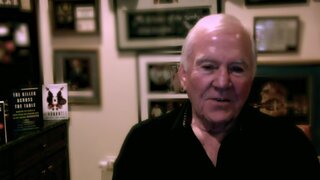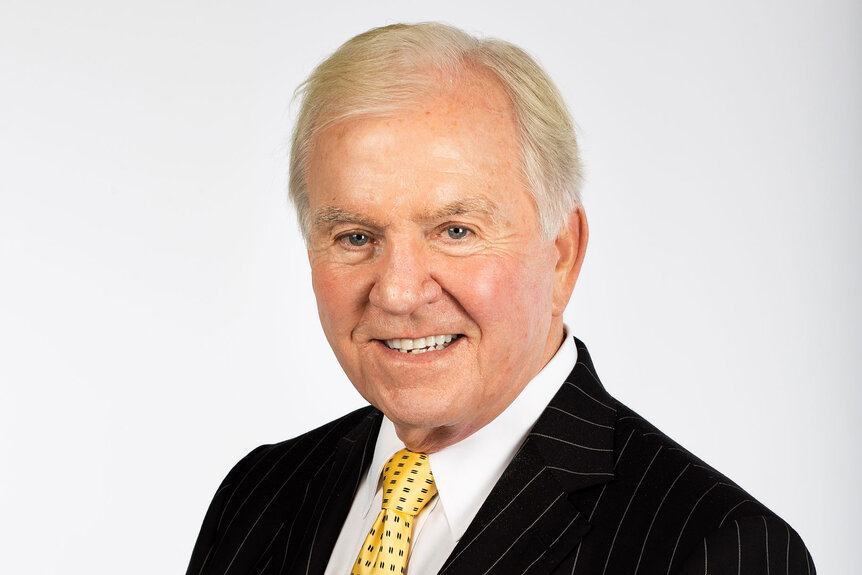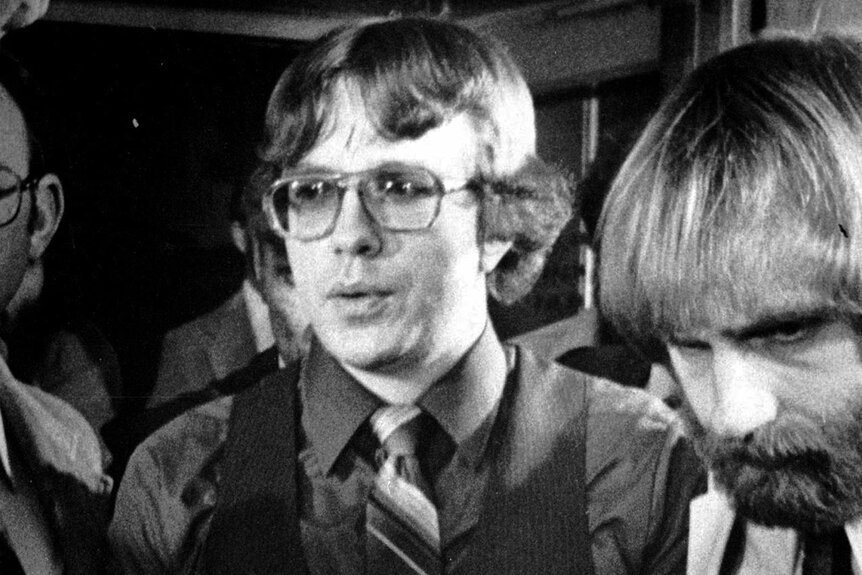Create a free profile to get unlimited access to exclusive videos, breaking news, sweepstakes, and more!
How ‘Mindhunter’ John Douglas Built A Profile To Help Catch White Supremacist Serial Killer Joseph Paul Franklin
Former FBI agent John Douglas used his profiling expertise to help investigators pinpoint where Joseph Paul Franklin would show up next.

In the late 1970s and early 1980s, separate investigations into a series of murders began to coalesce and authorities soon realized they were after a lone suspect. Despite the shootings occurring in different states, police soon began focusing on racism as the connecting thread between the cases. In September 1980, authorities arrested Joseph Paul Franklin — but he escaped through an interrogation room window and vanished into the night.
The manhunt to find the racist sniper killer was on, and the FBI decided it was time to use a somewhat new approach to secure Franklin’s capture: criminal profiling. Previous FBI unit chief John Douglas had pioneered a behavioral research program within the bureau with his partner, Special Agent Bob Ressler. Together, they interviewed offenders, including serial killer Ed Kemper and cult leader Charles Manson, to better understand their mindset and motivations.
Franklin was a white supremacist who targeted Black people, Jewish people, and mixed-race couples. Douglas delves into creating a profile of Franklin in his book, “The Killer’s Shadow: The FBI’s Hunt for a White Supremacist Serial Killer.” He describes the case as a major turning point, when the bureau would begin to look at the interview program as an investigative tool that could help identify possible suspects.
“Most of my cases were ‘unsub’ cases,” Douglas told Oxygen.com over Skype. “Unknown subject cases. Now, here is a known person and who just escaped from prison and no one knows where he is in the United States, so is there anything that I’ve learned from these other cases that I was working and doing interviews with that I could possibly apply to this case.”
If Douglas’ FBI interviews and career sound familiar, they should: they're the inspiration behind the Netflix series “Mindhunter.” Although he would later go on to interview Franklin when he was behind bars, building out a profile of him proved crucial to his eventual capture. Douglas predicted Franklin would return to familiar and comfortable areas like Mobile, Alabama, where he’d lived for a period, successfully robbing banks, and even having a second wife and child there.
“I felt, as a fugitive, he would go into that comfort zone back to Mobile initially,” Douglas said. “It turned out to be true. That’s exactly where he ended up.”
After being spotted in Mobile, Franklin turned up in Florida.
“It was extremely difficult for the FBI,” Douglas said. “Extremely difficult case for secret service because he made threats against Jimmy Carter, you know, president at that time, and I believed that this guy Franklin would be going into that area where Jimmy Carter was down south at the same time.”
Franklin had penned a letter to President Carter, enraged at his advocacy for civil rights, according to the book. If given the opportunity, Douglas says he believes Franklin would have attempted to assassinate him using his skill as a sniper.
Carter was scheduled for a campaign rally on Halloween while Franklin was in Florida. However, it’s unclear if that’s really what brought him there, Douglas noted.
Franklin was eventually re-arrested by officials while donating blood at a facility for cash, according to the book. Technicians recognized him from a flyer released by authorities.
He was tried on both the state and federal level for his crimes. He was eventually convicted of eight murders and faced multiple life and death sentences. Officials believe he may be responsible for several other slayings and additional shootings.
Franklin was executed in November 2013 for the 1977 murder of Gerald Gordon, who was shot in front of a synagogue in Missouri.
“The Killer’s Shadow” is co-authored by journalist and author Mark Olshaker. It is available now.




























